Anti Ageing Drugs Market Summary
As per MRFR analysis, the Anti-Ageing Drugs Market Size was estimated at 47.9 USD Billion in 2024. The Anti-Ageing Drugs industry is projected to grow from 51.21 USD Billion in 2025 to 100.0 USD Billion by 2035, exhibiting a compound annual growth rate (CAGR) of 6.92 during the forecast period 2025 - 2035.
Key Market Trends & Highlights
The Anti-Ageing Drugs Market is experiencing robust growth driven by technological advancements and increasing health consciousness.
- The demand for preventive healthcare is rising, particularly in North America, which remains the largest market for anti-ageing drugs.
- Technological advancements in drug development are fostering innovation, especially in the Asia-Pacific region, recognized as the fastest-growing market.
- Personalized medicine is gaining traction, with serums and supplements leading the market, while antioxidants and enzymes are emerging as the fastest-growing segment.
- The increasing aging population and rising health consciousness are key drivers propelling market expansion.
Market Size & Forecast
| 2024 Market Size | 47.9 (USD Billion) |
| 2035 Market Size | 100.0 (USD Billion) |
| CAGR (2025 - 2035) | 6.92% |
Major Players
Allergan (US), Galderma (CH), Revance Therapeutics (US), Medytox (KR), Hugel (KR), Ipsen (FR), Sientra (US), Medytox (KR)


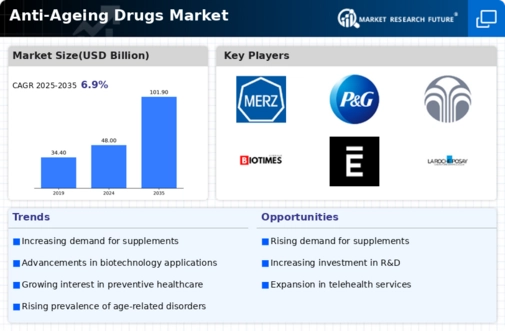

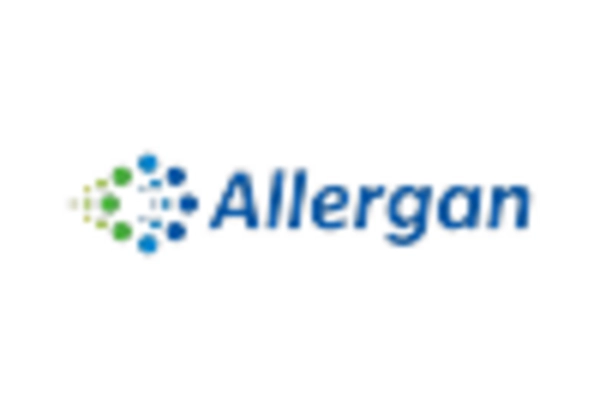

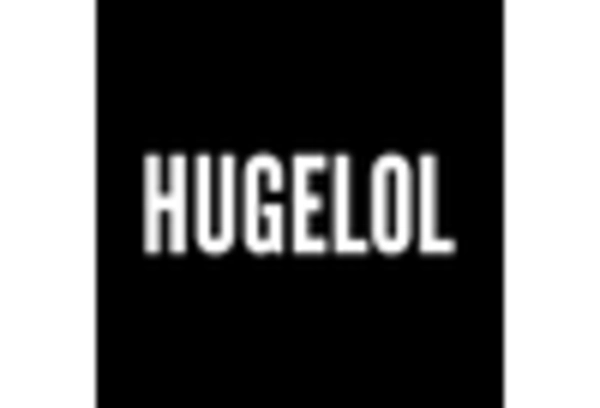
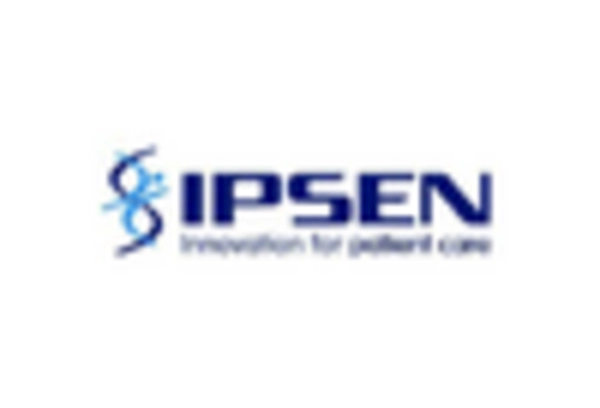

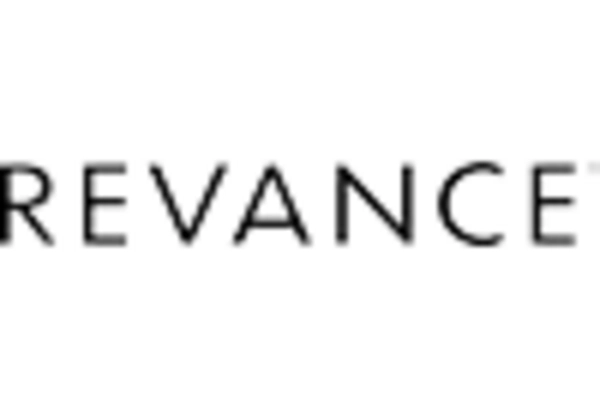








Leave a Comment